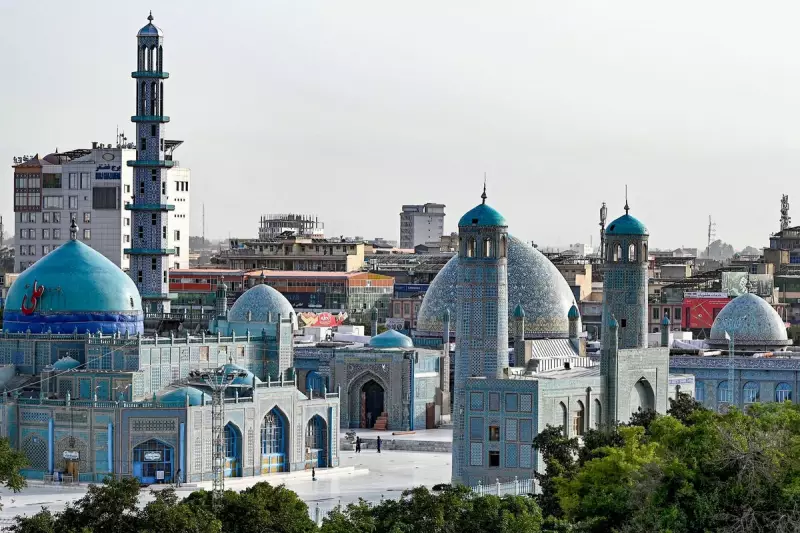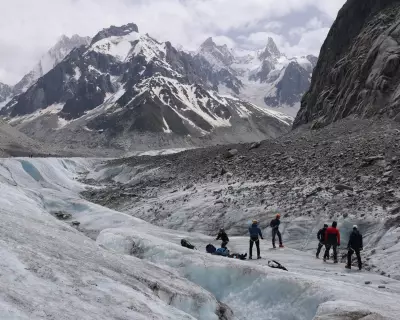
A significant earthquake measuring 4.7 on the Richter scale has struck northern Afghanistan, sending tremors through Samangan province and causing substantial concern around one of the country's most revered religious sites.
Historic Blue Mosque at Risk
The seismic event occurred approximately 40 kilometres east of Samangan's provincial capital, Aybak, with its epicentre dangerously close to the iconic Blue Mosque. Early reports indicate the historic structure may have sustained damage, though full assessments are still underway.
Local authorities confirmed the quake struck at a shallow depth of 10 kilometres, amplifying its impact on surface structures. Emergency response teams have been deployed to evaluate the situation and provide assistance to affected communities.
Regional Impact and Response
The tremor was felt across multiple northern provinces, with residents reporting strong shaking that lasted several seconds. Many people fled their homes in panic as the ground began to move beneath them.
Key developments include:
- The earthquake registered at 4.7 magnitude according to seismic monitoring stations
- Epicentre located in close proximity to the historic Blue Mosque complex
- Shallow depth of 10 kilometres increased ground shaking intensity
- Multiple aftershocks reported following the main quake
- Emergency services conducting damage assessments throughout the region
Cultural Heritage Concerns
The proximity to the Blue Mosque raises significant concerns about potential damage to this important cultural and religious landmark. The mosque, known for its stunning turquoise domes and intricate tile work, represents an important piece of Afghanistan's architectural heritage.
Structural engineers and heritage conservation experts are expected to join assessment teams to evaluate any damage to the historic site. Previous earthquakes in the region have demonstrated the vulnerability of ancient structures to seismic activity.
As night falls in Afghanistan, many residents are choosing to remain outdoors amid ongoing aftershocks, fearing further tremors could cause additional damage to already weakened structures.





